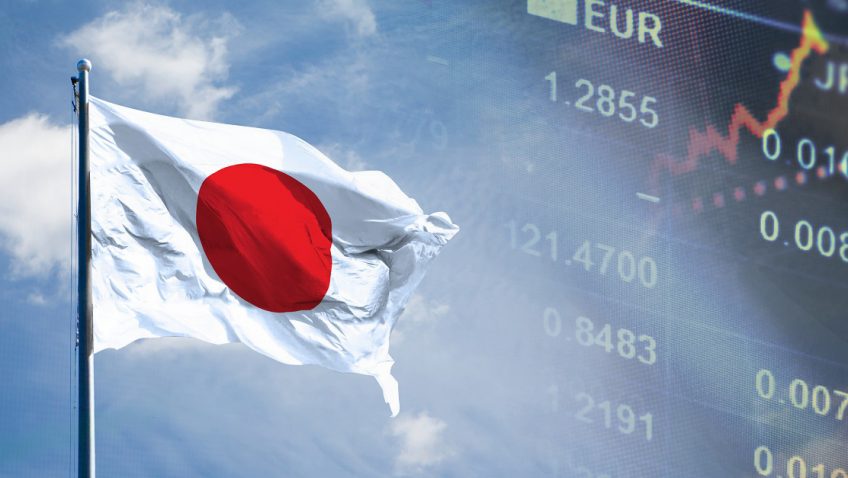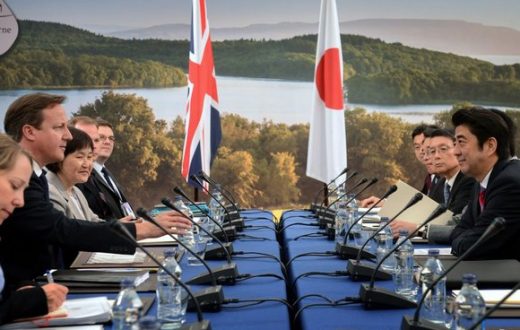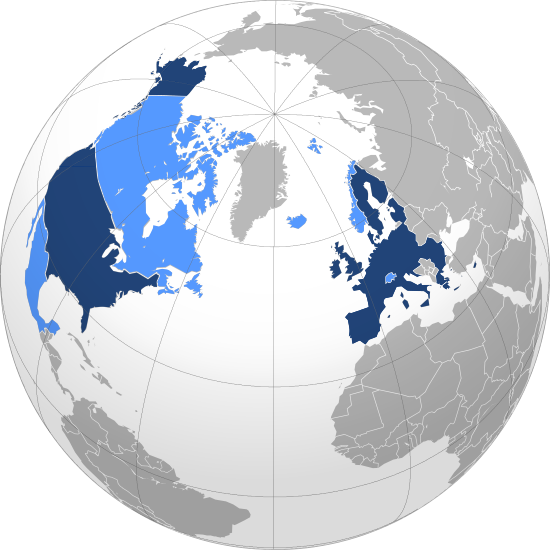Japan’s GDP represents 7.86 per cent of the world’s economy. The country had one of the G7’s lowest GDP growth rates over the past 20 years, coming second only after Italy. In 2013, Prime Minister Shinzo Abe introduced pro-growth policies, which are known as ”Abenomics”. The main purpose of these policies was to counter long-term stagnation. Notably, Japan also has the lowest unemployment rate among the G7 countries.
Many experts suggest that Japan’s demographics actually weakens its GDP growth. Speaking of GDP growth per person of working age, Japan has the second-best performance out of all G7 countries. Therefore, shrinking workforce and rapidly aging population pose enormous threat for the economic growth. In the next three decades, average annual GDP growth could be dragged down by 1 per cent and the population has already shrunk by about 1.3 million people since 2010. The UN predicts that by 2065, Japan’s population will fall by an additional 28 million people, while other predictions suggest that by 2040, one in three people will be over 65 years old.
Currently, Japan has one of the world’s oldest societies. The main question that arises is whether government can finance pensions and healthcare for everyone. From 2009 to 2016, over 2000 primary schools and kindergartens have been closed. In 2017, the number of babies born dropped below 1 million, which represents the lowest number since the country started counting in 1899. The number of kids that Japanese women had in the 1970s was 2.1, while today it is far below the replacement rate (1.4). One of the most striking comparisons suggests that there are now more adult diapers sold than baby diapers in Japanese supermarkets. Eventually, there will not be enough young people to care for the elderly. Currently, there are more than 67 thousand people over the age of 100, which the highest number out of all countries in the world. Additionally, more than a quarter of the population is 65 or more. Japan also has a very high suicide rate, which is the leading cause of death for people aged 15 to 39.
Some of the biggest industries such as electronics and vehicles do not have the manpower to continue at the current rate of production. One of the logical solutions in this case would be to increase the amount of time spent working for each citizen, but this is not a plausible solution because most of the Japanese are already overworking. Another way out of the problem could be found in robotics and technology since more work becomes automate and therefore, it requires less physical bodies to do the work. Additionally, possible solution to the problem could be immigration plan that increases the number of foreigners, but Japan actively restricts immigration for several reasons. First, there is a desire to be united as ”one nation, one language, one people.” Second, the Japanese have a strong sense of national unity.
Many other challenges that Japan will face are also pointed out by the IMF, and these include: very low inflation, high public debt and weakening medium/long-term potential growth prospects. Because of all of these threats, the government will try to reform the entire social security system. There is a plan to introduce consumption tax that will bring much-needed revenue and be a step towards containing debt. Furthermore, wages and prices can be raised by reducing labor market inequality. Nevertheless, growth and productivity can be increased as well. The first instance where investment will be significantly boosted is the monumental event for Japan – 2020 Tokyo Olympics.








